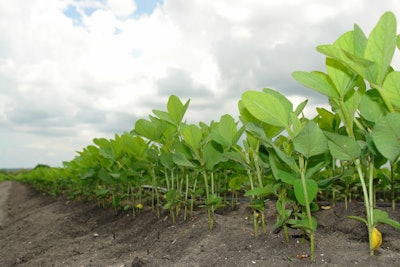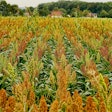
Julio César García | Pixabay
The U.S. Department of Agriculture's National Agricultural Statistics Service (NASS) released its latest reports on oilseed and grain crushings, showing varied trends in production and consumption for March 2024.
Fats and oils:
In March, soybean crushing for oil increased to 6.11 million tons, up from both the previous month's 5.82 million tons and the previous year's 5.94 million tons. This resulted in the production of 2.41 billion pounds of crude oil, marking a 5% increase from February and a 3% increase from March 2023. However, canola crushing saw a slight decrease compared to last year, with March figures at 190,641 tons, down from 191,291 tons in March 2023.
The production of once-refined canola oil was 155 million pounds in March, a slight increase from the previous year. Similarly, cottonseed refined oil production rose significantly by 25% compared to March 2023, totaling 39.5 million pounds. The production of edible tallow slightly increased by 1% year-over-year, whereas technical tallow saw a notable 10% increase from the same period last year.
Grain crushings:
Corn usage for alcohol and other uses in March reached 522 million bushels, showing a 7% increase from March 2023. Notably, 92.3% of the consumed corn went to alcohol production, with the rest used for other purposes. The production of distillers dried grains with solubles (DDGS), a co-product of dry milling, was up 13% year-over-year, reaching 1.93 million tons.
Despite the overall increase in corn usage for alcohol, the specific use for beverage alcohol decreased significantly by 25% compared to March 2023, totaling only 4.30 million bushels. On the other hand, corn for fuel alcohol rose by 7% over the same period last year, demonstrating a strong demand in this sector.
These statistics reflect the ongoing shifts in agricultural production and consumption, influenced by market demands and industry trends. The USDA continues to monitor these changes, providing essential data for planning and forecasting in the agricultural sector.

















